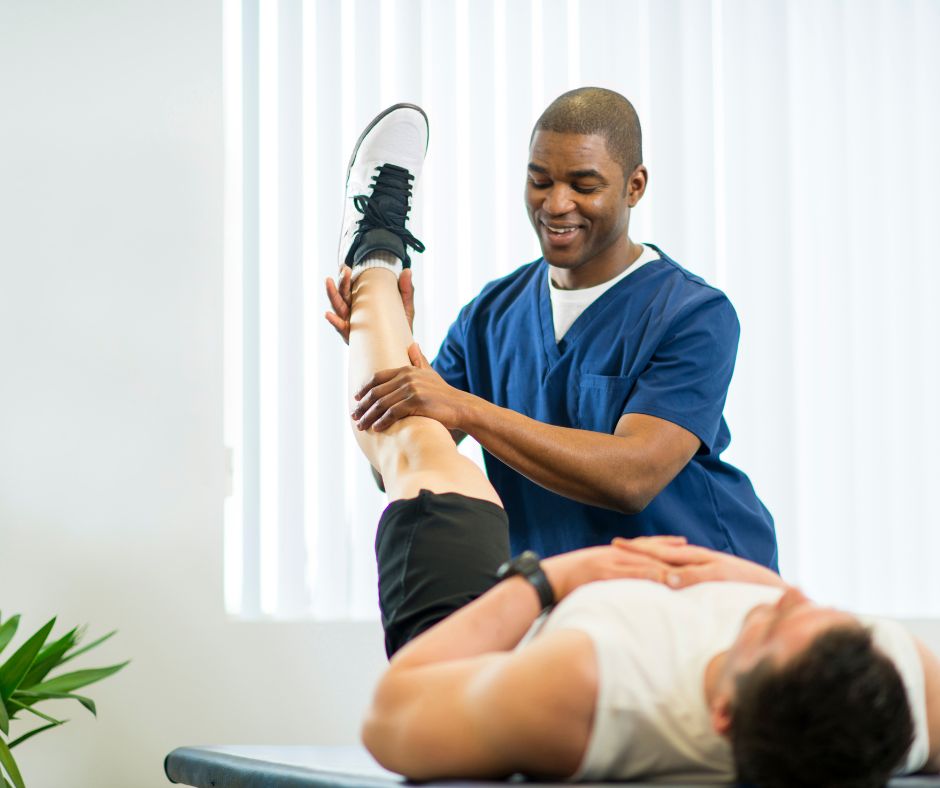Comprehending The Way Sudden Injuries Alter Athletic Execution Mechanics
Wiki Article
Acute injuries are sudden injuries that can happen during athletic events or fitness activities. These traumas can significantly impact an athlete's ability and overall health. Frequent examples of acute traumas include twists, breaks, and strains. They happen quickly and often arise from accidents, such as falls, collisions, or improper actions. Comprehending how these traumas affect athletic performance dynamics is crucial for sportspeople, coaches, and healthcare providers who work with them.
When an athlete experiences an sudden injury, the prompt effects can be quite severe. Pain and swelling are frequent indicators that can restrict mobility and function. For example, a hoops athlete who twists an joint may find it difficult to walk or run. This constraint can lead to a reduction in performance, as players may find it hard to compete at their usual capability. Additionally, the psychological effects of an injury can also play a factor. Athletes might feel anxious or apprehensive about coming back to their sport, which can additionally impact their performance.
Rehabilitation from an acute injury involves several stages, including rest, therapy, and incremental re-entry to performance. The initial focus is often on managing pain and swelling. Health providers may advise ice, compression, and lifting to help with healing. Once the acute phase has passed, rehabilitation exercises become crucial. These activities help regain power, elasticity, and extent of movement. Players need to adhere to a systematic recovery plan to ensure they return to their sport without risk and effectively.
The long-term effects of acute injuries can vary. Some players may heal fully and come back to their former ability levels, while some may face ongoing challenges. Chronic pain or weakness can develop if an injury is not properly treated. This situation can lead to a pattern of recurring injuries or alternative traumas in different parts of the physique. It is essential for players to be calm during the healing stage and to collaborate closely with medical professionals to tackle any remaining concerns.
In summary, sudden traumas can significantly alter how players compete in their sports. The immediate physical and psychological effects can hinder performance and confidence. Recovery involves attentive handling and therapy to guarantee that players can securely come see this here back to their sports. Comprehending the dynamics of sudden traumas can help everyone involved in sports—from athletes to coaches to medical staff—support those impacted and encourage a secure re-entry to sporting performance.
